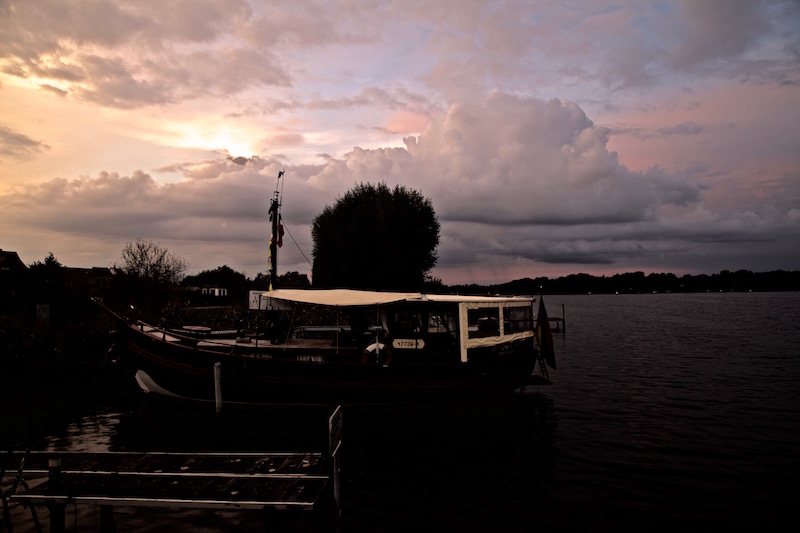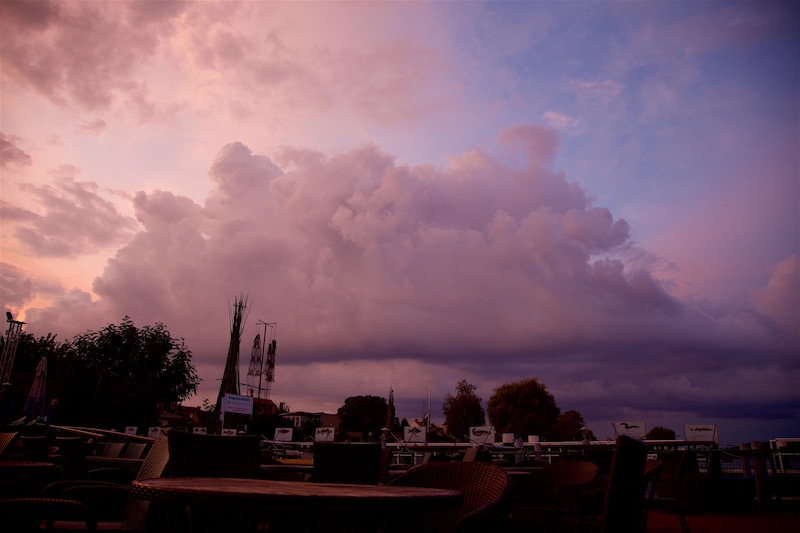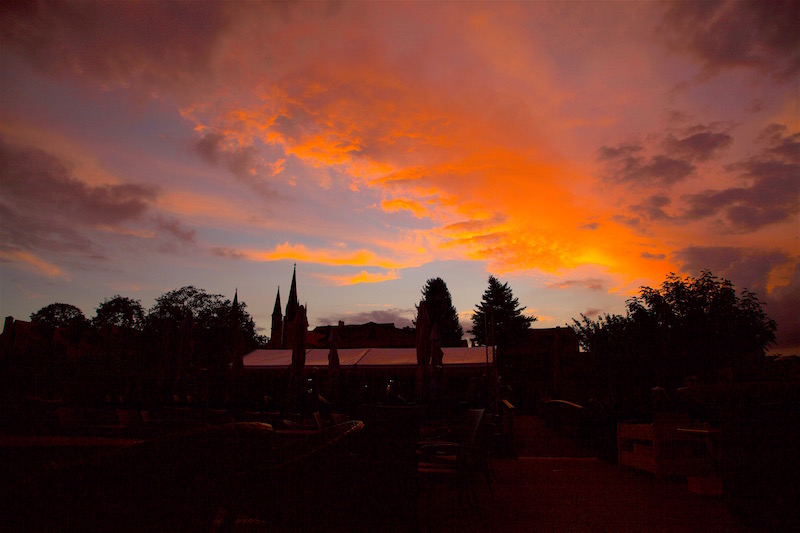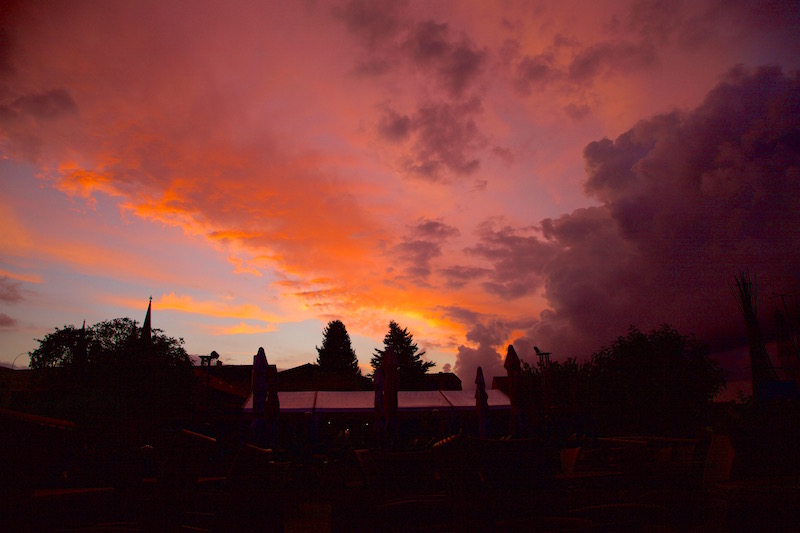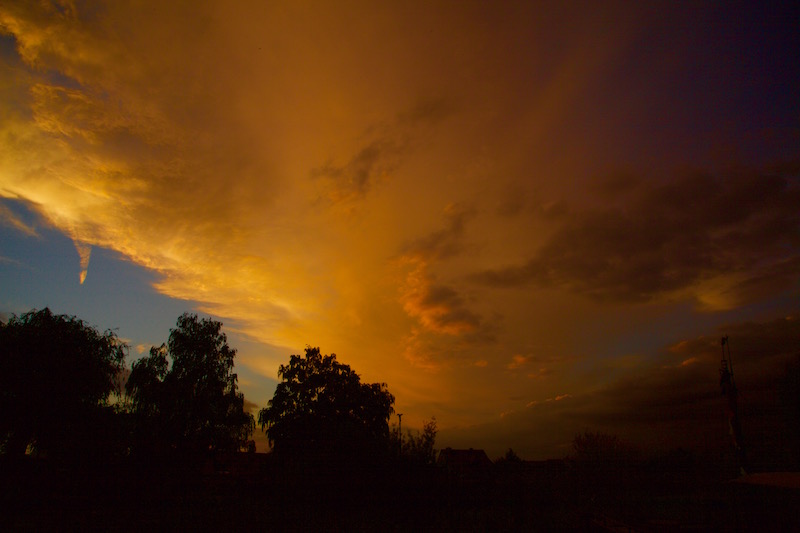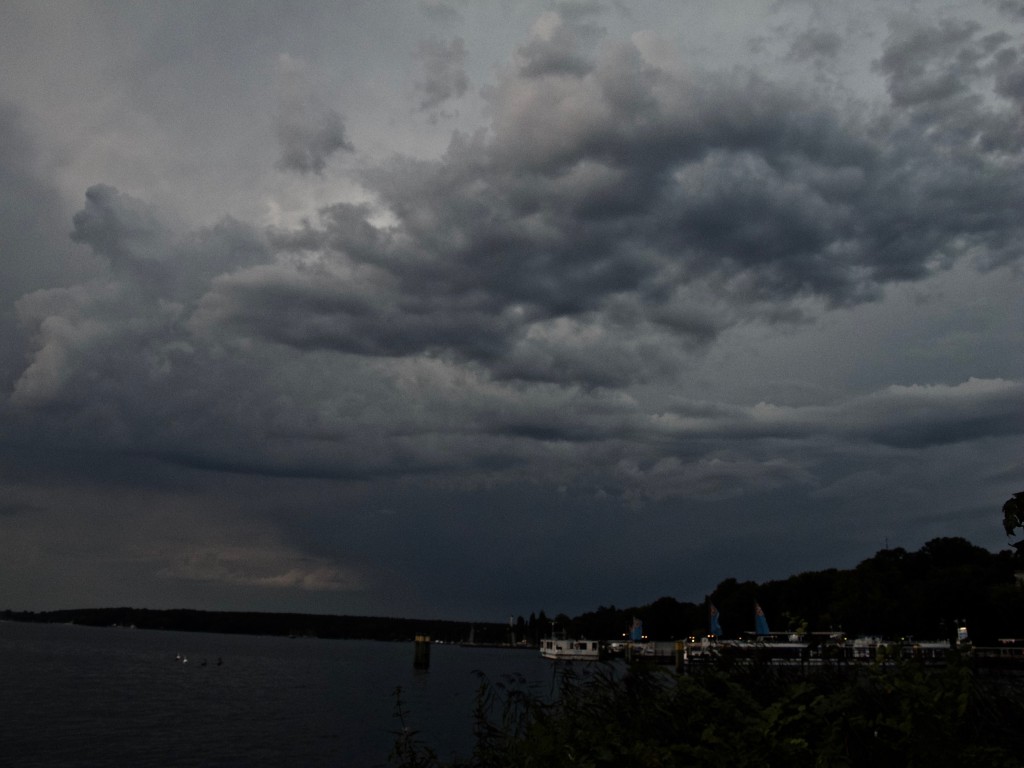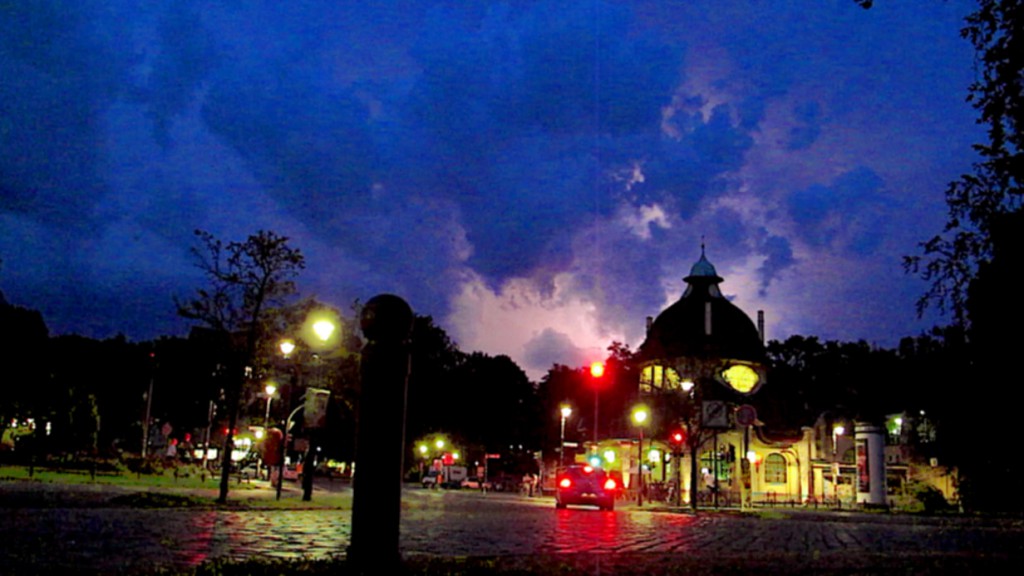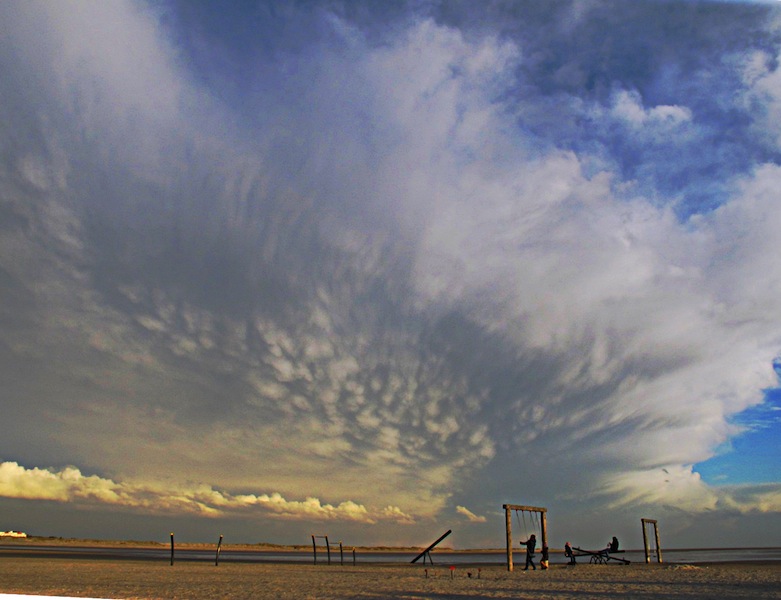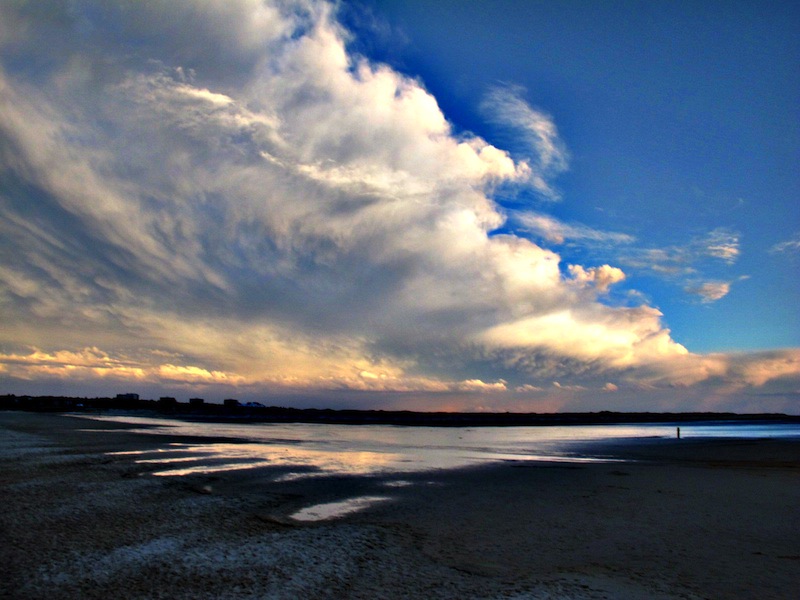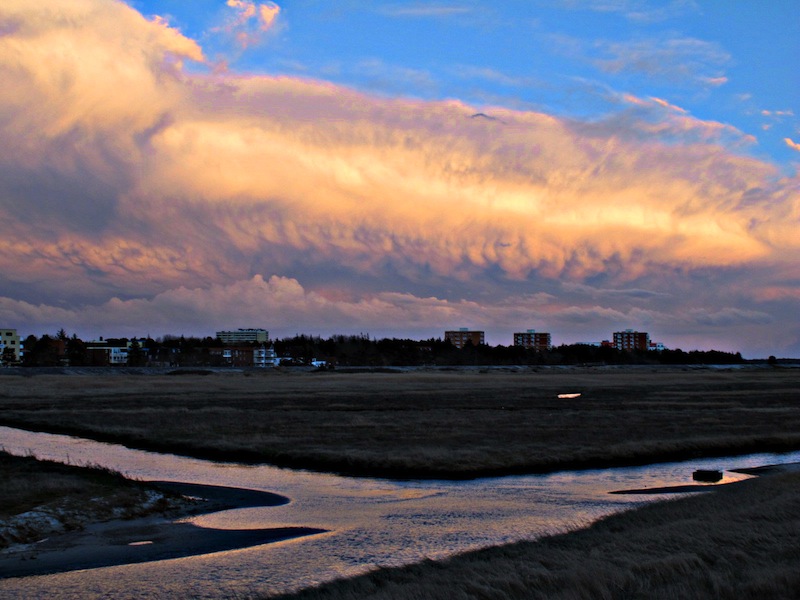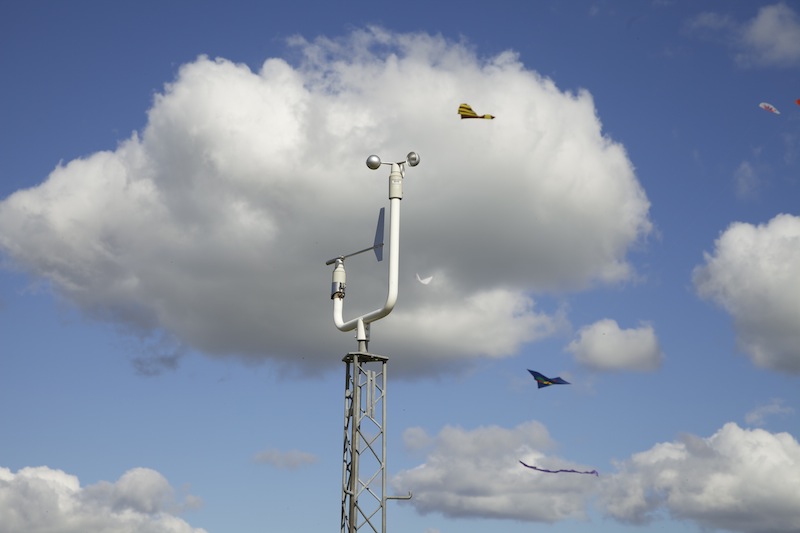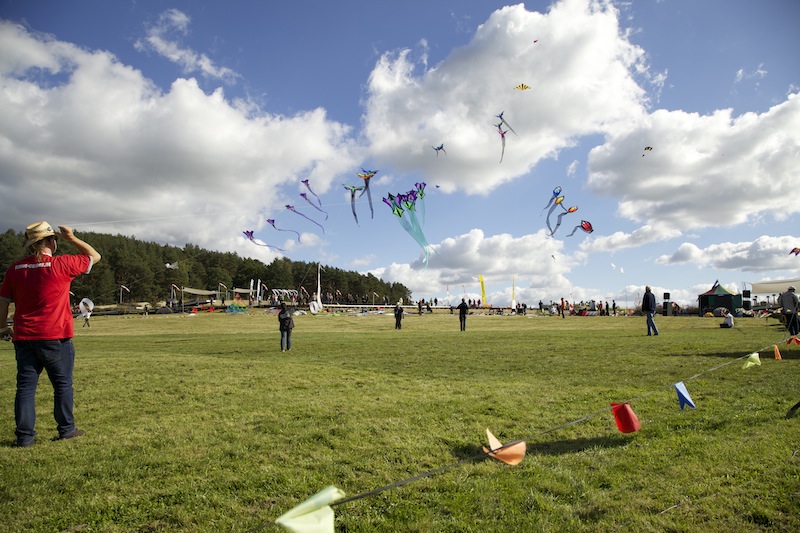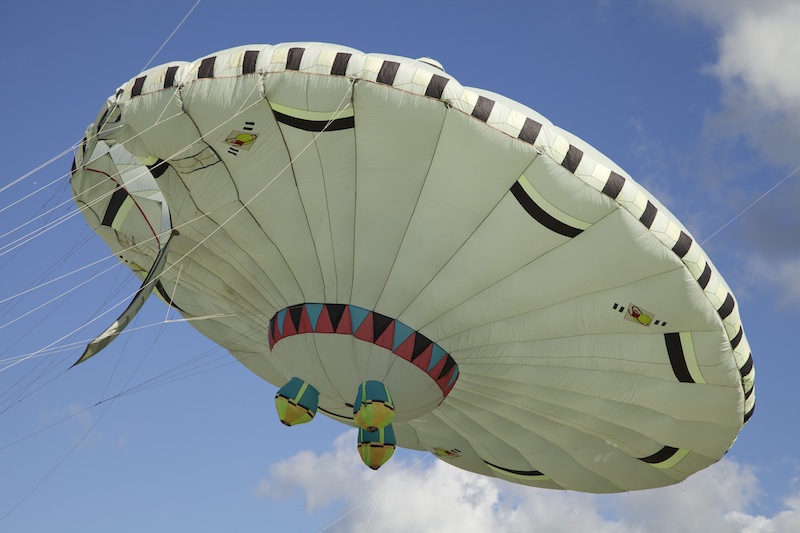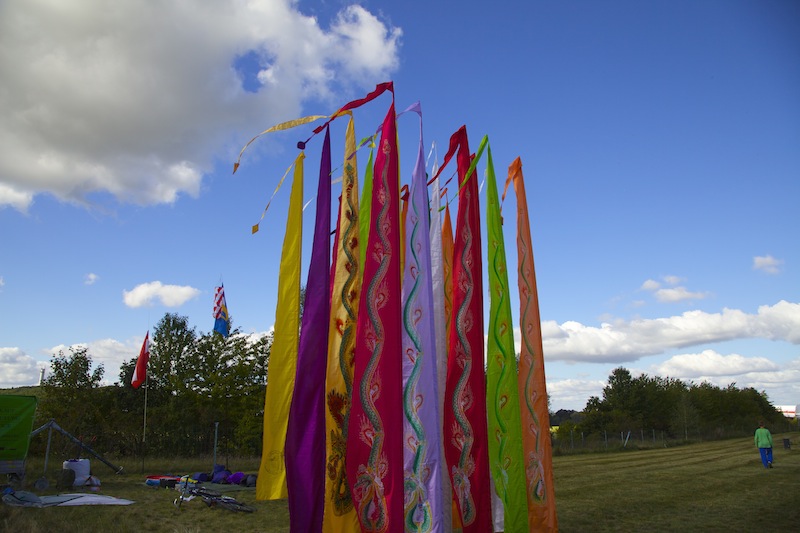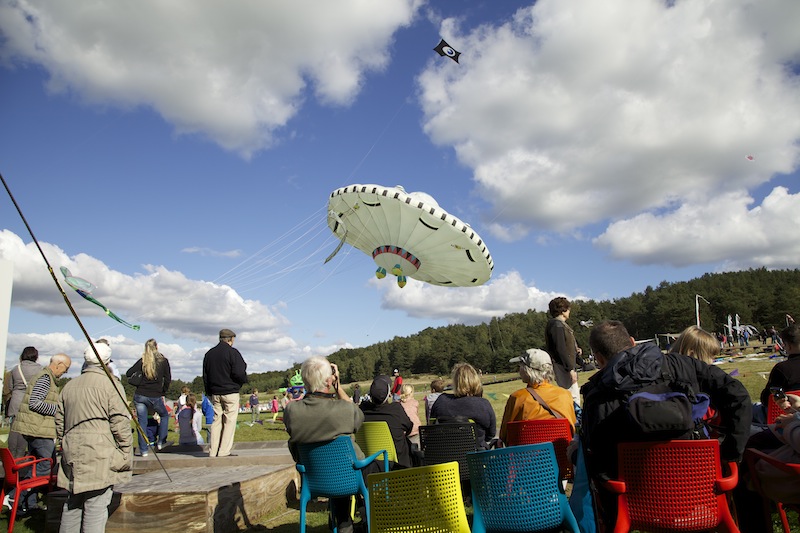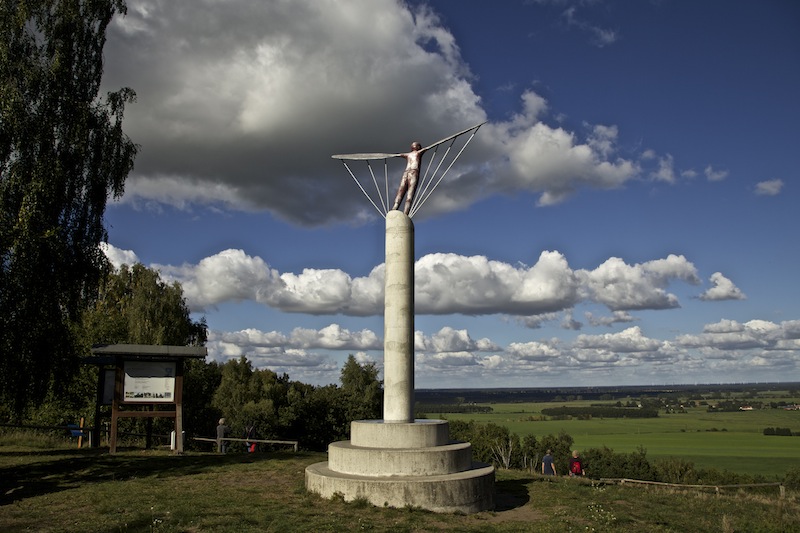BURNING SKIES – Oct 3, 2016
October 3, a public holiday in Germany, ended in the Havelland, west of Berlin, with a spectacular afterglow. After a long period of unusual warm and dry days in August and September in Middle Europe, which led to a drought, the first showers occurred on Oct 2, 2016 in the capital region. Temperatures fell and it became more autumn-like. The red evening sky also proved a popular folk saying wrong in this special case.
The folk saying about afterglow in the evening is that a red sky in the evening means good weather and a red morning sky means bad weather coming. This is true – most of the time. The meteorological reason is that wind in Europe is mostly a west-wind. With the wind the clouds and the rain come from the Atlantic, moving from the west to east. If the sky clears in the west and we see the beams of the sun reflected in clouds it could mean that the weather will improve the next day. However in the first October days the conditions were reversed and the next day temperatures dropped further. It was still a clear sky in the west but due to an Eastern wind the clouds were coming in from North-East.
It was cloudy and there was more rain on Oct 4 and Oct 5. This was a good thing for nature, which needed the rain urgently. It was so dry that very little mush-rooms could be found in September.
However on October 5 a flood warning for the Baltic Sea coast was issued. A strong wind was coming from the North-East.
Weather always has to offer a lot for video- and photographers. And even if autumn sunsets are a very popular motive every sunset is special in its own way. You only need to know about a good place with a big sky. Brandenburg is a country with endless horizons and perfect for these kind of motives. One good place with an interesting silhouette is the little town Werder An Der Havel, which is partly situated on an island.
The photos were taken with a Canon 5D Mark II. A tripod is very helpful for sunset-photography because even you see a spectacular sky there are already low lighting conditions. A typical problem of sunset photography is the strong contrast. Therefore its good to do some shots with different apertures and see what works best.
